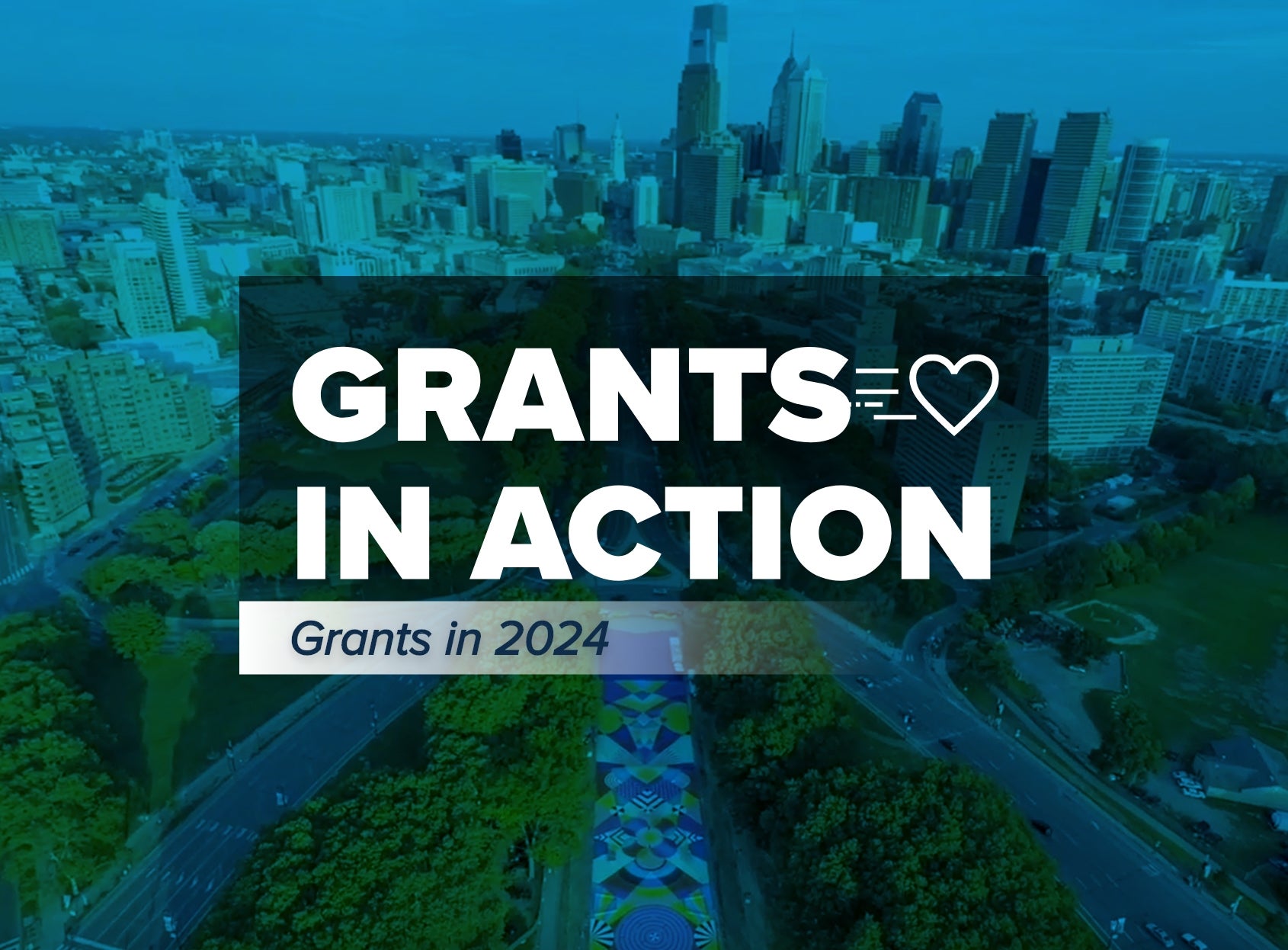Four Questions DAF Holders Should Ask about Impact Investments

This article was originally published by the Center for Effective Philanthropy. Updated October 31, 2019 to reflect changes to National Philanthropic Trust’s expanded impact investing portfolios.
It’s easy to understand the appeal of impact investing, particularly for philanthropists with donor-advised funds (DAFs). With a DAF — which works like a charitable checking account — donors recommend both how the assets in their fund are invested and where they are granted. If you are a donor who wants to support charities that promote green energy, build affordable housing, or encourage sustainable agriculture, among other causes, it makes sense that you’d want your investments to work alongside your charitable activity to increase your impact.
While the concept of impact investing has been around for decades, there still isn’t consensus around how the term is defined. Depending on who is using it, it can refer to everything from avoiding companies with practices that you consider negative to investing in companies that help achieve measurable social and environmental benefits.
US SIF: The Forum for Sustainable and Responsible Investing, for instance, defines sustainable, responsible, and impact investing (SRI) together as an “investment discipline that considers environmental, social, and corporate governance (ESG) criteria to generate long-term competitive financial returns and positive societal impact.” Research by US SIF — an industry organization — finds that total U.S. assets using SRI strategies grew from $8.7 trillion at the start of 2016 to $12 trillion at the start of 2018, a 38 percent increase.
The Global Impact Investors Network (GIIN), on the other hand, describes impact investing more narrowly as “investments made with the intention to generate positive, measurable social and environmental impact alongside of financial return.” Using this definition, GIIN — a nonprofit representing impact asset owners and managers — estimates there are $502 billion of assets in impact investments today, more than double the amount last year.
No matter how you define it, impact investing is expanding rapidly. But the simplicity of the concept — essentially “doing well by doing good” — belies how tricky it can be in practice. For one thing, measuring societal impact is not nearly as straightforward as measuring financial performance. Then there’s the challenge of liquidity. Some impact investments require a time commitment, which could tie up funds for granting.
Impact investing is expanding rapidly. But the simplicity of the concept — essentially “doing well by doing good” — belies how tricky it can be in practice.
If you are a philanthropist with a DAF, here are four key questions to help guide you in making sure your charitable dollars have the impact you want:
1. Are my current investments aligned with my values? Before recommending new investments, examine the investments your DAF currently holds to make sure that they aren’t working against your charitable goals and values. Most DAF sponsors offer a selection of mutual funds and exchange-traded funds (ETFs). You can take a look under the hood of these funds by requesting a prospectus or investment description telling you about the funds’ holdings. If you make grants to charities supporting clean energy, for instance, you may wish to avoid recommending investments to your DAF of funds that hold shares of companies known to create pollution. Financial research company Morningstar offers a Sustainability Rating for thousands of mutual funds and ETFs, evaluating how well they are making ESG a priority.
2. What impact investments does my DAF sponsor offer? To increase your impact, you may want to move beyond excluding companies with values you don’t share to including those that are making a difference. Most DAF sponsors offer at least one or two investment options that specifically screen for companies that have positive overall ESG characteristics, and some sponsors may offer investments that are curated around a specific cause. For instance, National Philanthropic Trust (NPT), where I work, offers four impact investing portfolios which target Economic Mobility, Environmental Stewardship, Gender Lens, and Broad Social Impact.*
To manage risk and liquidity and keep costs low, most DAF sponsors focus their investment options on funds that are publicly traded. But some DAF sponsors, including specialized impact DAF sponsors and community foundations, allow donors to make targeted, private market investments for deeper impact. Donors with NPT may recommend that some of their DAF assets be invested in promissory notes, or direct loans, to fund social and environmental enterprises in the U.S. and globally. These notes require anywhere from a three-month to two-year commitment.
3. How can I evaluate impact investments? Besides Morningstar’s Sustainability Rating, there are a number of useful tools you can use to evaluate impact investments. US SIF provides a list of its members’ funds on its website, where you can view their performance and get details about their strategies for addressing climate issues, labor relations, animal welfare, and other issue areas. The nonprofit As You Sow has five free online tools that let you screen for fossil-free funds, deforestation-free funds, weapons-free funds, tobacco-free funds, and gender equality funds. You can enter your fund’s ticker symbol or name and learn if it is high risk for weapons or low risk for carbon emissions, for example.
To drill down deeper on the impact of an investment, you can use IRIS, a free online catalog for selecting performance metrics established by GIIN. With IRIS, you can look at the outcome you want to achieve — say, “increasing venture capital to women-led businesses” — and then determine the metrics, including everything from the “percent of investees in portfolio with a female founder” to the “number of investments targeting needs of non-traditional or underserved populations.”
4. Do I have the right team in place to help me? Effective philanthropy requires collaboration. Besides looking for a DAF sponsor that can work with you in offering guidance and choice, you may want an advisor with experience in impact investing. The College of Financial Planning, in collaboration with the US SIF, offers a professional designation for advisors who demonstrate expertise in socially responsible investing. Having the right professional manager is especially useful for donors with independently managed DAFs that can recommend investment options beyond the offerings on the DAF sponsor’s investment platform.
*Updated October 31, 2019 to reflect changes to National Philanthropic Trust’s expanded impact investing portfolios.


